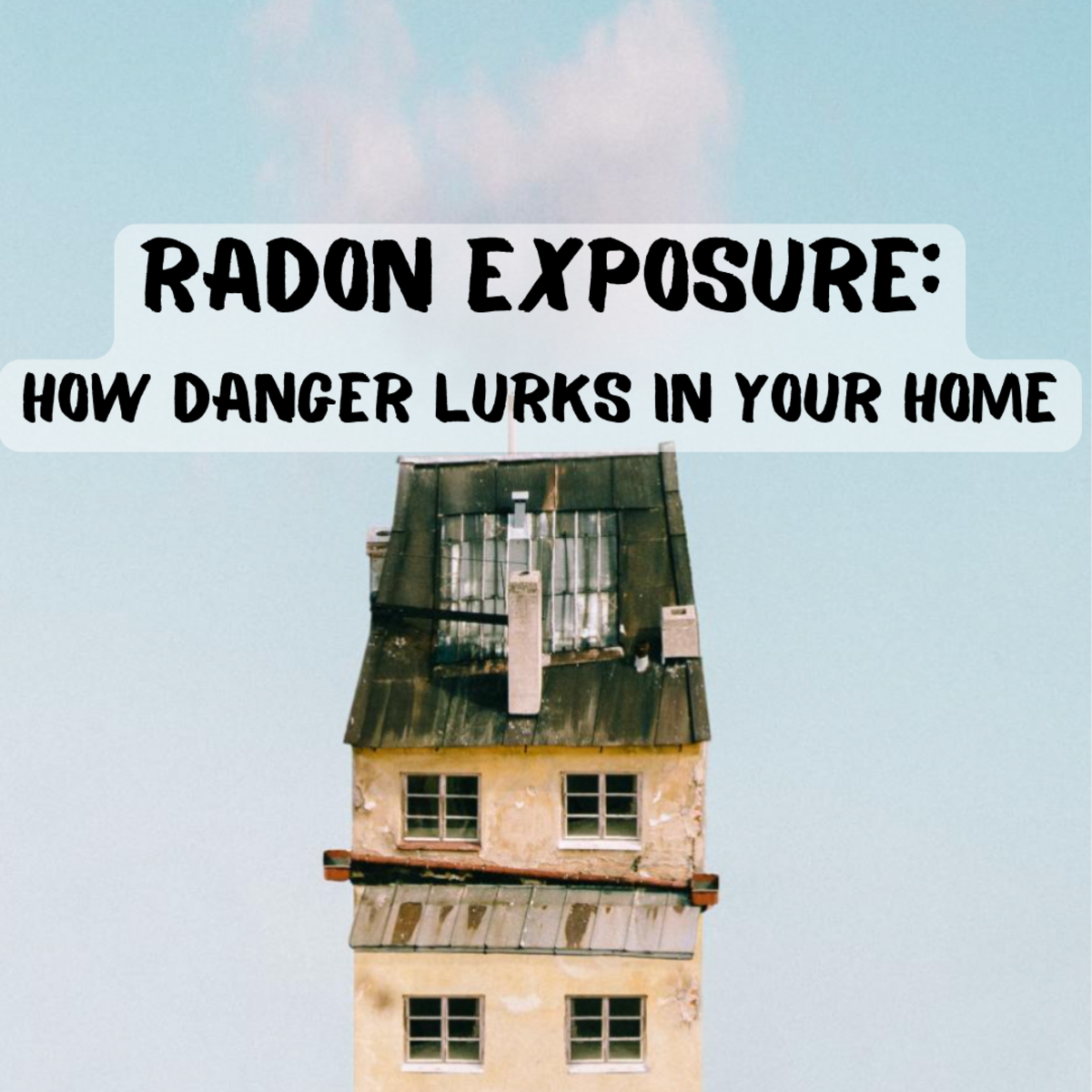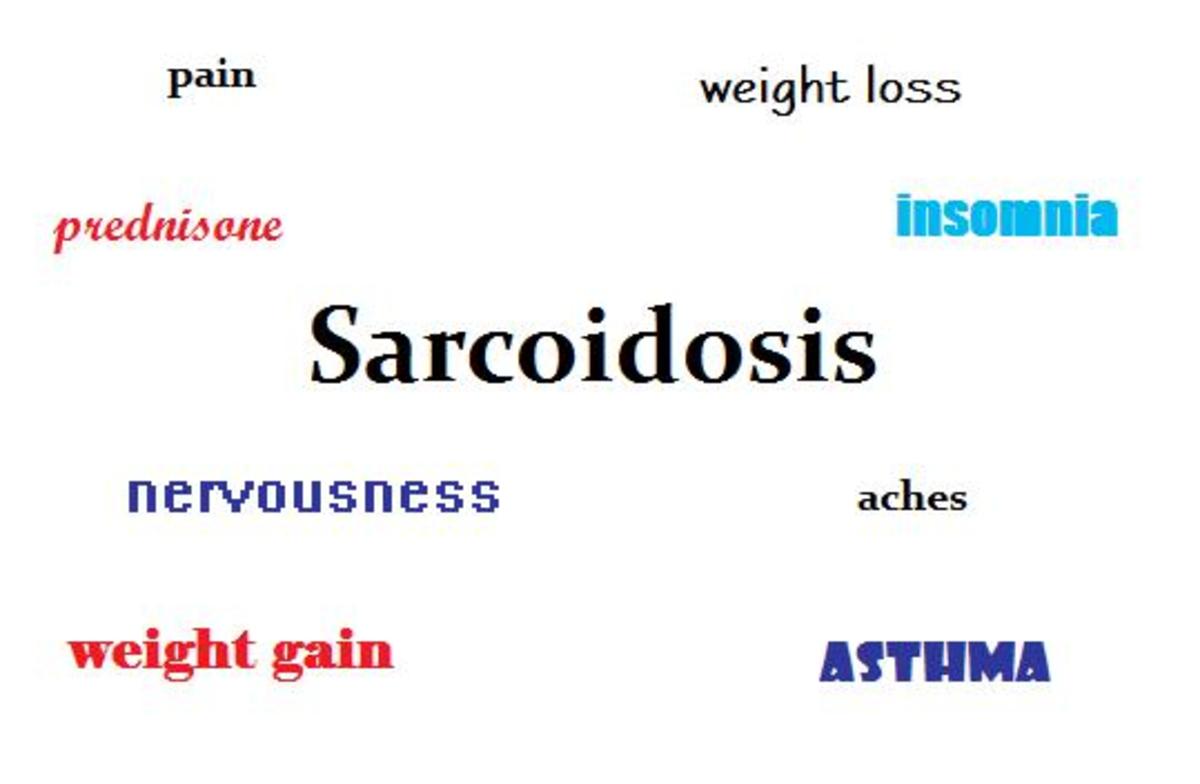I'll Go Tie This White Ribbon
On a fateful day of November 13, 2005, my dear father suddenly passed away. It was the most excruciating and painful news no family would want to hear. My mother, who was on her way to the city, had to be helped getting off the bus. Her knees buckled so much that she can't get up let alone walk. She was distraught and worried about the future.The future of her two younger sons, one in junior high school and the other one who was still in college now solely rests on her shoulder. Her thoughts were racing. She was at a loss for words. She was lost in the immensity of the problem looming in her head. How can she support her family? How to keep her family afloat and still send her two sons to school? These are the questions that she so desperately needed an immediate answer.She is only a housewife and doesn't have a job. Although, her other three children had finished their college education, circumstances played a bitter joke on us. The eldest who got married two days prior quit her job, the other one who is seeking for a better employer also quit her job, and I (the third) was struggling to make ends meet.
We asked the same baffling question. How did he die? What did he die of? Luckily, my father's company mandated an autopsy to be done for any crew member who perished at sea. It turned out my father had lung carcinoma. We were in disbelief. Lung cancer was the last thing on our mind. No, we were not even thinking of it. It will be his 10th death anniversary this year, thus I decided to look into this monster that took away the pillar of our family.
Lung cancer, according to reports, is the leading cause of cancer deaths in both men and women in the US. It kills more people than colon, prostate, ovarian, and breast cancers combined. I've known several people who were afflicted with this disease. First, my landlord, Lolo Apa. When I was in college he was like a chimney pot. He smoked a lot. Stick after stick of cigarettes. The term chain smoker doesn't even apply to him. Second, was the elderly patient who came by week after week. At first, they thought it was a fungal infection in his right lung. It turned out to be a cancerous mass. Third, my favorite Philippine senator, Sen. Miriam Defensor Santiago just to name a few.
The National Cancer Institute estimates that there are 221,200 new cases in 2015 and 158,040 estimated deaths. The number of new cases of lung and bronchus cancer was 58.7/100,000 men and women per year. The number of deaths was 47.2/100,000 men and women per year (age-adjusted and based on 2008-2012 cases and deaths). In 2014, American Cancer Society (cancer.org) stated that there were 224,000 new cases in the US with 159,000 deaths. Lung cancer claims precious lives by the thousands.
Majority of the people afflicted with lung cancer are smokers. It is believed that changes in the lungs occur instantaneously upon inhaling a cigarette smoke which damages the pleural tissue. My father smoked in his early 20's and that was way back in the 80's. My mother said that he can go through a pack each day and he stopped when he threw up a black substance. I guess that black substance scared him so much that he quit his bad habit. Prolonged exposure to secondhand smoke (passive smoking) is also cited as an important cause for developing lung cancer. Other risk factors include: exposure to asbestos, exposure to radon gas and air pollution. Like any other hereditary diseases, genetics or familial predisposition also plays a role. Recent studies also pointed out silica exposure as one causative factor in the development of cancer. Researchers from the American Cancer Society and Emory University in their journal CA: A Cancer Journal for Clinicians note that there is a "strong and consistent evidence that silica exposure increases lung cancer risk".
The signs and symptoms vary widely depending upon where and how far advanced the tumor is. As with other forms of cancer, cancer-causing substances affect the normal division of cells. The cells may act abnormally which will divide and proliferate uncontrollably resulting to the formation of a mass. This mass can either be benign or malignant. In lung cancer, the growth of cancer cells in the lung tissue and the surrounding tissues interferes with breathing. Symptoms such as cough, shortness of breath, wheezing, chest pain, hemoptysis (coughing up blood), dysphagia and hoarseness typically occurs. Non-specific signs and symptoms are also reported like weight loss, weakness, and fatigue. For several months, my father complained of shortness of breath and a cough that doesn't go away. The doctor in our town thought it was just a plain case of asthma attack. He prescribed breathing treatment (nebulization) each time my father went for a visit. A couple of months prior to his death, my father started coughing up blood. Being in a country where tuberculosis cases are prevalent, we thought he acquired the dreadful disease. They did a chest x-ray which came out normal. I read his previous x-ray results and there was one result that should have been followed-up for more tests. It was his x-ray the previous year. The Radiologist stated "pleural effusion noted" in his report. Pleural effusion is an accumulation of fluid in the lungs or pleura. The company doctor should have been keen on doing further exams. But he did not.
American Cancer Society lists three main types of lung cancer. The cancers grow and spread differently:
- Small Cell Lung Cancer (SCLC): also called oat cell accounts for 10%-15% of lung cancers.
- Non-Small Cell Lung Cancer (NSCLC): the most common type. About 85% of lung cancers belong to this category. Squamous Cell Carcinoma, Adenocarcinoma, Large Cell Carcinoma are its subtypes.
- Lung Carcinoid Tumor or Lung Neuroendocrine Tumors: accounts for less than 5% of lung cancers. Most of these tumors grow slowly and rarely spread.
There are several different treatment approaches and standard treatment options for each different type of lung cancer. These include surgery, radiation therapy, and chemotherapy among others. The location, stage of the cancer or the extent of the tumor and the overall health of the patient are also taken into account in choosing the appropriate course of treatment. The overall prognosis for lung cancer is poor. Lung cancer at its earliest stages doesn't typically show any symptoms and most of these cancers have already spread and are only discovered when the disease is in its advanced stage. Lung cancer survival rates are also lower compared to other forms of cancer such as breast cancer.
Cancer prevention is of utmost importance. After all, the old adage, "prevention is better than cure" is significantly true when you are dealing with an occult and deadly disease. Since smoking is the principal risk factor, cessation of smoking is the most effective measure. Minimizing exposure to secondhand smoke and testing your home for radon gas levels are also worth mentioning to be one of effectual preventive measures. There are also tests available that are used to look for lung cancer like sputum cytology, chest x-ray, computed tomography (CT) scan, positron emission tomography (PET) scan, biopsy and bronchoscopy. Early detection is key.
In our day and age of technological advances, I hope to see one day that we can finally say we have outsmarted cancer through our improved methods of detection and sensible efforts of prevention. Until then, I will just keep on tying this white ribbon.
- http://www.cancer.org
Dedicated to helping persons who face cancer. Supports research, patient services, early detection, treatment and education. Contact us anytime day or night 1-800-227-234.








